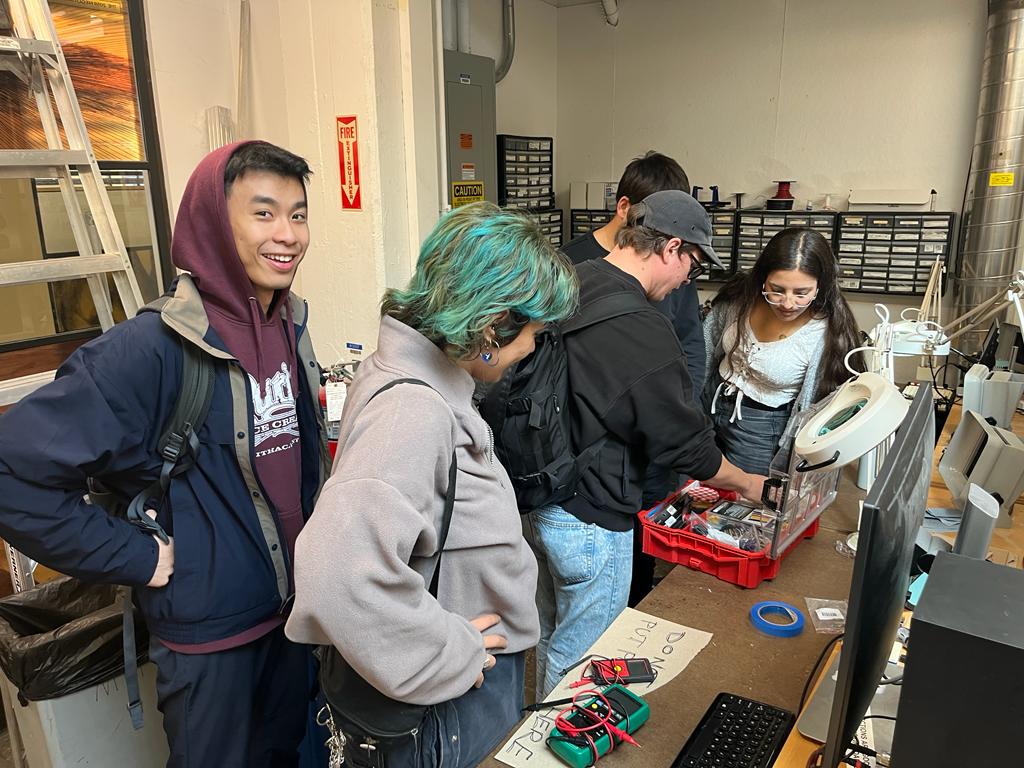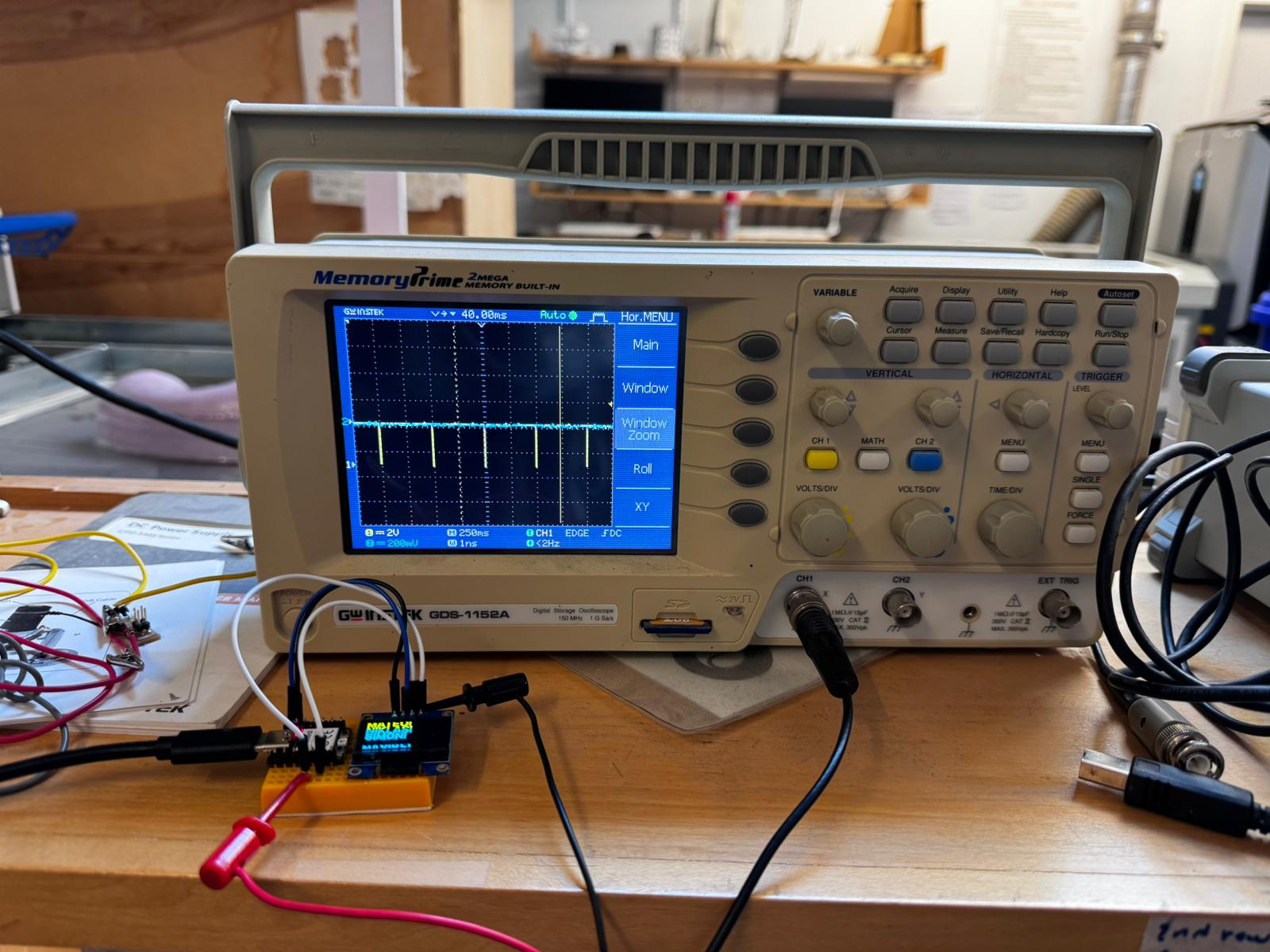Week 4
Electronic Design
What a rollercoaster of a week it's been! I embarked on this journey of trial and error, starting with the quest to find the perfect program for my project and integrating the fab library into the software. You see, I'm a newbie when it comes to electronics design, and the software selection process had me scratching my head. I gave Fusion, Eagle, and KiCad a shot, and while Eagle had its charm, KiCad's user-friendly interface and seamless navigation across toolbars won me over.
I'm currently in the early stages of my project, and I find myself in a bit of a quandary regarding the choice of microcontroller. You see, I'm toying with the idea of constructing a drone, which is quite the ambitious endeavor for someone like me, a relative newcomer to the fascinating world of electrical engineering. In my quest to select the most suitable microcontroller, the RP2040 caught my attention as a potential candidate.
To get a better grasp of the RP2040 and its capabilities, I diligently embarked on a comprehensive tutorial. The reason behind this dedicated exploration is that I'm strongly considering using the RP2040 as the heart of my final project, even though the decision is yet to be finalized. The tutorial I followed was expertly crafted and hosted by Quentin, providing valuable insights and hands-on experience. (Here is the link to the tutorial https://mit.zoom.us/rec/play/-yDkdITyZ7fL5ikLMqxiIEhZDql9tOEBjzsLgF0iPf6bpZTWVqeblYyqmXbKlVIVNUkKfCfps14SmbbA.9A3h1Ne6N0shZdKS?canPlayFromShare=true&from=share_recording_detail&continueMode=true&componentName=rec-play&originRequestUrl=https%3A%2F%2Fmit.zoom.us%2Frec%2Fshare%2FfEdBWKSFPDbAYiwS-Wty4ir1tPmG-2Yj7SdL5-BXLkKpm5EdjqnoQV3jnHPElQkD._sOcPttMi0uK1BI2 )


As a result of this immersive learning process, I've not only gained theoretical knowledge but also practical skills. I've managed to produce schematics and even lay out a PCB design, which brings me one step closer to the realization of my ambitious project.
Group Project
Regrettably, I couldn't join the group project physically, but my spirit was undoubtedly there, and I was eager to dive into their findings. As for our group work and test equipment endeavors, the exploration began with an assessment of the voltage difference between the VCC input and the Ground input on the breadboard system, which Danny had prepared a few weeks prior. Additionally, delving into measuring a resistor, although the current remained a point of uncertainty.


Next, ventured into the world of oscilloscopes, connecting the networking end and the ground end of the same system and carefully examining the signals. Experimenting with zooming in and out to pinpoint the optimal view for our objectives. To ensure a thorough analysis, guys transferred this visual data to the computer via its SSD card, generating both images and an Excel file containing the pertinent values.


The final test revolved around reading the waves we generated using the Gunsteng SFG-2110 Synthesized Function Generator, all of which were meticulously observed with the Gunsteng GDS-1152A Oscilloscope.

